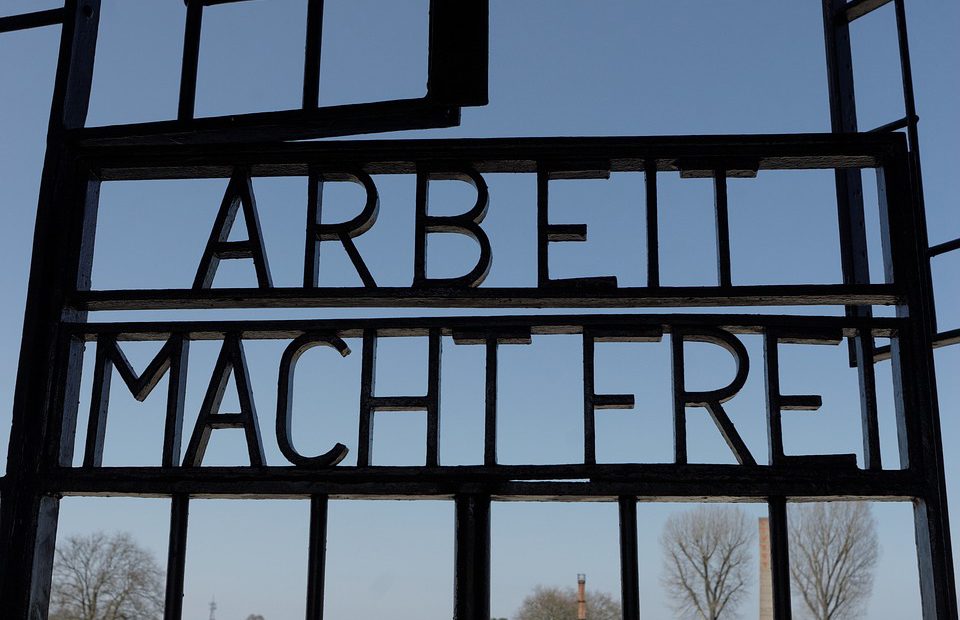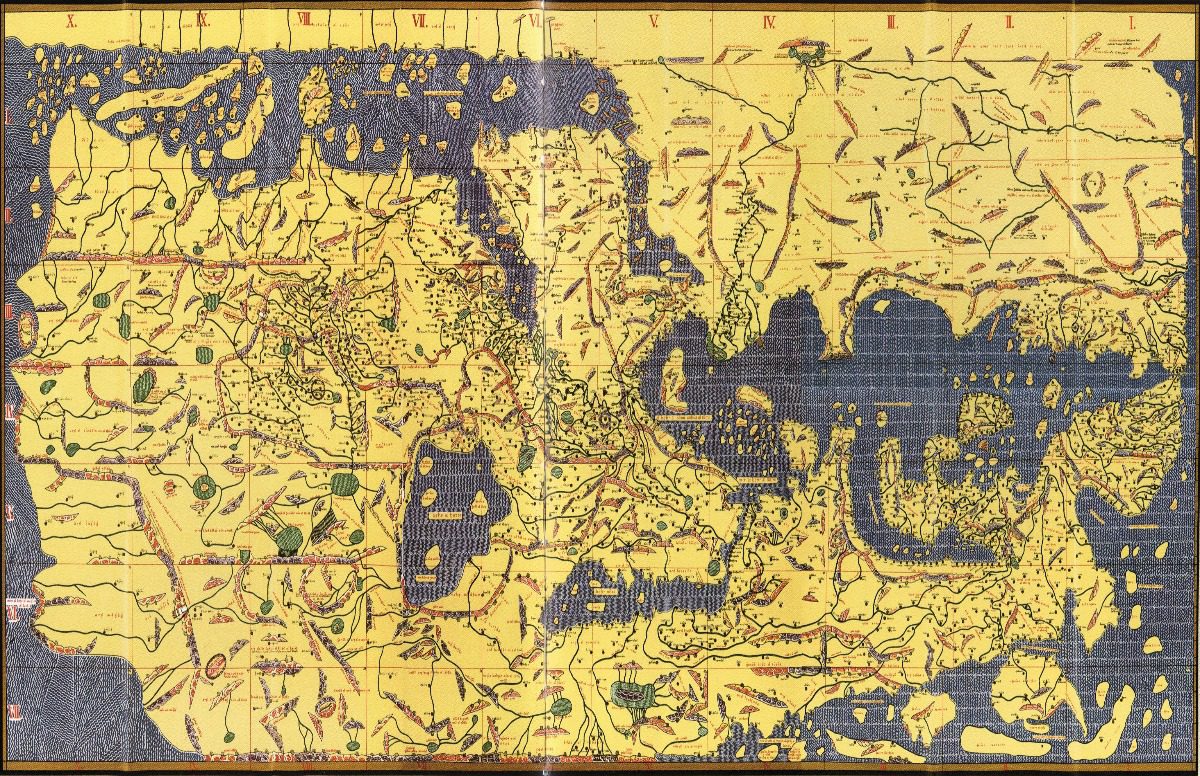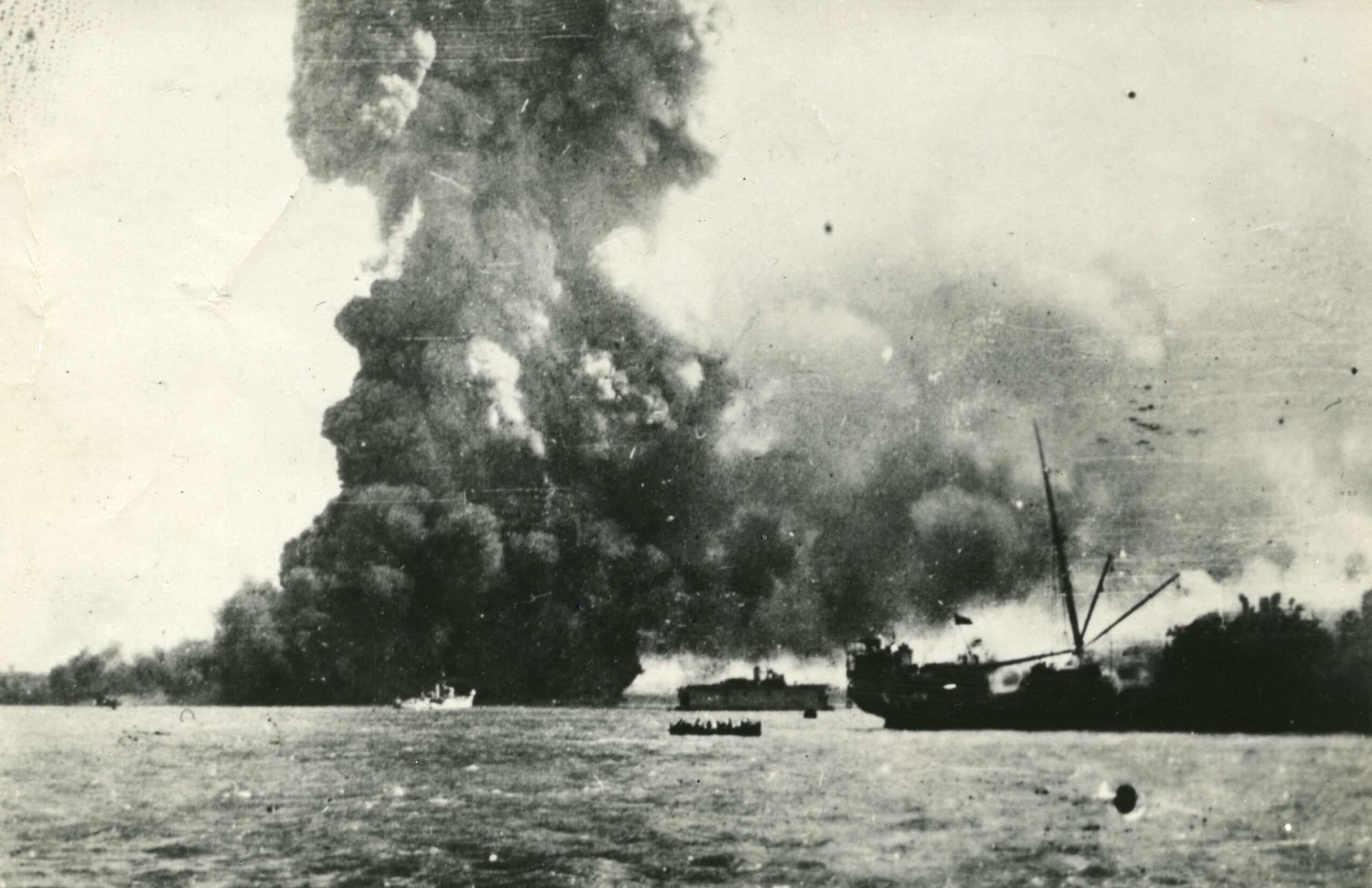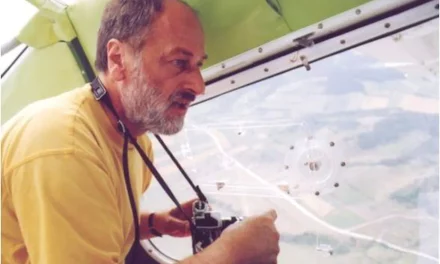REMEMBERING SACHSENHAUSEN-ORANIENBURG
Estimated reading time: 3 minutes
By Rachel Horne.
35 kilometres north of Berlin, you will find the Nazi concentration camp of Sachsenhausen-Oranienburg.
Some particularly well-known figures were imprisoned here, including the Prime Ministers of Spain and France, and the wife and children of the crown prince of Bavaria. Joseph Stalin’s oldest son was also interred at Sachsenhausen, before the Red Army advanced across Germany and captured the camp in 1945.
The Soviet Forces renamed Sachenhausen as NKVD Special camp Nr. 7, and many SS soldiers were then imprisoned in the same camp in which they had formerly been guards.
Under The Nazis
Sachsenhausen-Oranienburg was built in 1936 by the slave labour of Nazi Prisoners. On the gates, a sign reads Arbeit Macht Frei (work makes you free.)
But this was more than a work camp. Mass murder was perpetrated in gas chambers, through hangings, and by firing squad. The camp was also used as a training centre for SS officers. In the infirmary, prisoners were tortured as part of medical experiments, to develop medicines and equipment for German troops on the front line.
For example, Jewish children had straw sewn into their skin, to observe the effects of gangrene that the German troops were experiencing in the trenches. Outside, prisoners of war were forced to march for 30 miles a day at gunpoint over different surfaces, to test the longevity of German boots.
Paul Weindling, Professor of the History of Medicine at Oxford Brookes University, is working to document what the victims of Nazi medical experiments went through. You can listen to an interview he gave here.
Amongst other projects, slave labour at Sachsenhausen was used for a secret mission to destroy the British economy. The prisoners were forced to produce counterfeit British banknotes, which the German forces aimed to drop over England by plane. The aim was to create huge inflation and destabilise the war effort.
You can find out more about Operation Bernhard in this video:
An estimated 200,000 prisoners passed through Sachsenhausen between 1936 and 1945, around half of which were murdered, or died of starvation and disease.
NKVD Special Camp No.7
As the Red Army advanced, the SS guards at Sachsenhausen forced their prisoners out on death marches. The column was liberated by the Soviet troops on 22 April 1945, but the camp was not closed.
Instead, it was taken over by the Soviet forces, who interned an estimated 60,000 people there, including 6,000 German Officers.
Although conditions were indeed terrible in the Soviet Gulags, the main aim of these camps was not the extermination of prisoners. Recognising the economic benefit of effective slave labour for rebuilding the soviet economy, German POWs generally received more food and medical attention than the Nazi’s prisoners had.
Nonetheless, the conditions at NKVD Special Camp No.7 were inhumane, and at least 12,000 people died of malnutrition and disease before the camp was finally closed in 1950. It is very hard to know how many German Soldiers were really imprisoned by the Soviet Forces, due to incomplete record-keeping and a lack of trust on both sides. The following video explores the fate of German POWs after WW2.
The Memorial Center
The immaculate preservation of Sachsenhausen reminds us that the atrocities carried out here took place in living memory. You can walk into the rooms where Jewish children were experimented on, and along the cobbled track where soldiers were forced to test boots. To see footage taken inside the Memorial Center, you can watch the short video below.
The museum officials believe it is increasingly important to preserve WW2 concentration camps. As the living witnesses increasingly die of old age, it is the camps that continue to stand witness to what happened here.
You can find out more about visiting the Sachsenhausen Memorial Center at the official website.
Articles you may also like
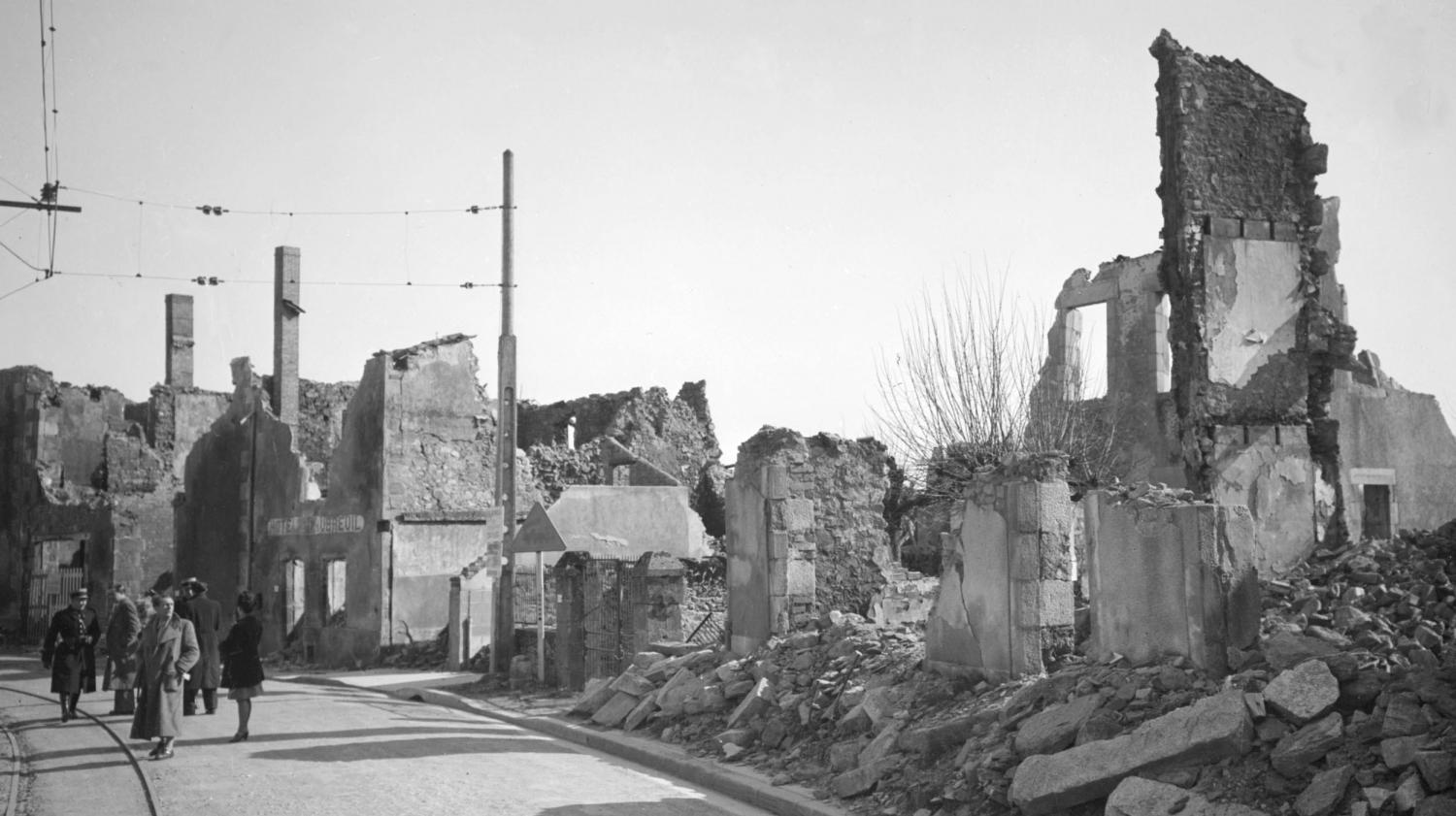
Oradour-sur-Glane, a town whose people were massacred by the SS Panzer Division Das Reich
Oradour Sur Glane was once a thriving village community in West-Central France. Vibrant coffee shops and restaurants lined the streets, and a tram connected the 648 residents to the nearby city of Limoges. Everything changed on 10th June 1944, when the SS Panzer Division Das Reich massacred the men, women, and children. Only six people survived. The SS soldiers herded Oradour’s men into barns and outbuildings, and locked the women and children inside the village church.

